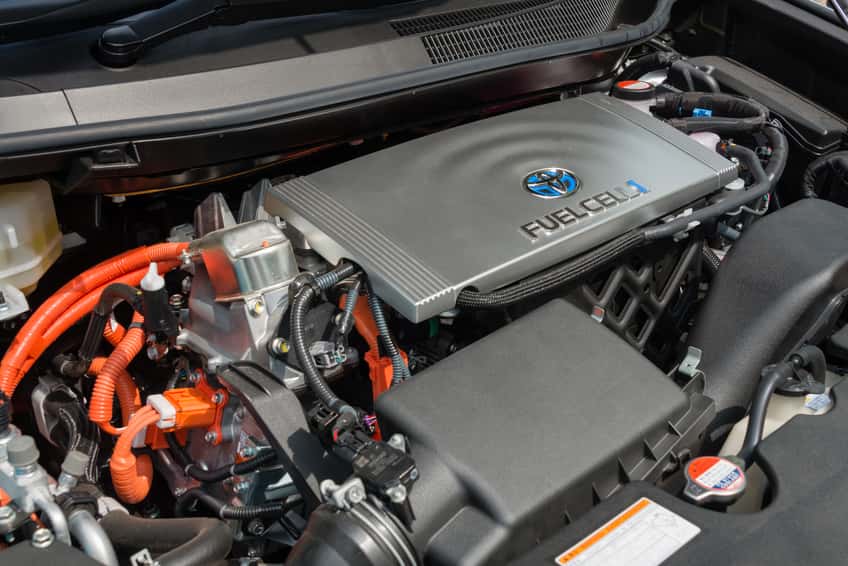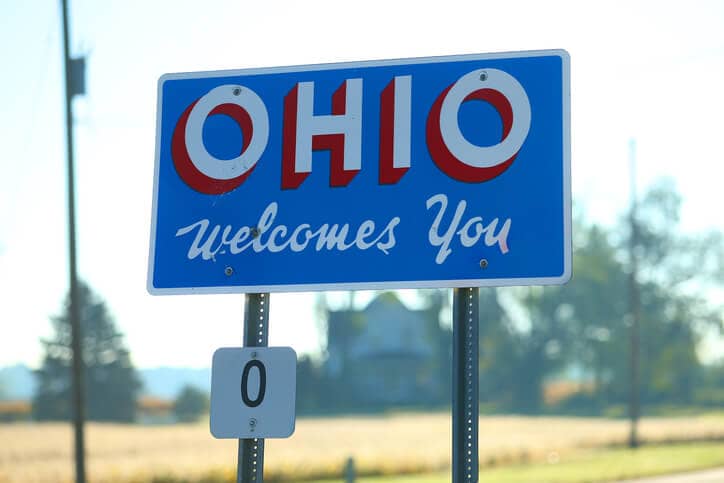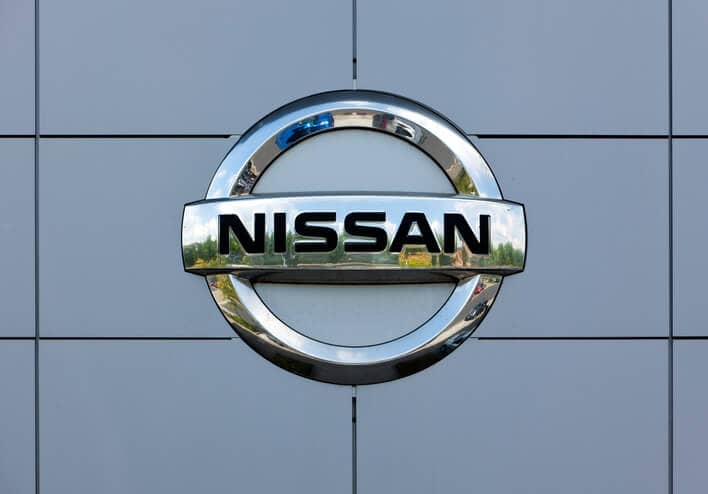Sumitomo Corp. and Sumitomo Corp. of Americas, collectively referred to as SC Group, have announced a strategic collaboration agreement with US Hybrid to grow its fuel cell production business through the expansion of fuel cell stack production capacity for commercial production.
According to SC Group, it will play an integral role in the project by coordinating the discussions with original equipment manufacturers through their extensive business networks.
US Hybrid, together with its fuel cell division, US FuelCell, develops and manufactures new technologies and transportation products, with more than 26 years of experience in fuel cell balance-of-plant components and vehicle development and deployment. Since 1999, US Hybrid has provided electric and hybrid traction drive systems for medium- and heavy-duty commercial trucks, municipality vehicles, and fuel cell transit buses throughout the world.
“Fuel cell vehicles offer high energy efficiency, no tailpipe emissions and full vehicle functionality, including the normal driving range, fast fueling and a potential path to sustainable transportation,” says Abas Goodarzi, president of US Hybrid. “We are very pleased to be working with Sumitomo, as a global strategic business development partner, in order to commercialize our fuel cell engine and integrated vehicle technologies that have proven reliability for both on-road and off-road transportation.”
“We view this partnership as an investment into the way mass transportation performs in the future, mitigating the negative impact on the environment,” says Duke Kato, senior vice president at Sumitomo Corp. of Americas.
SC Group notes that in Japan, the development of fuel cell technology has already been incorporated into passenger cars, such as the Toyota Mirai and Honda Clarity.
According to Sumitomo, this research encouraged the company to develop this clean energy technology for greater infrastructure needs, specifically applying it to public transportation. Reaching this agreement with US Hybrid will be an important next step in developing this technology, whose fuel cell application to public transit had been evaluated as one of the closest to the commercialization through demonstration projects in California, Hawaii, Ohio and Michigan.







